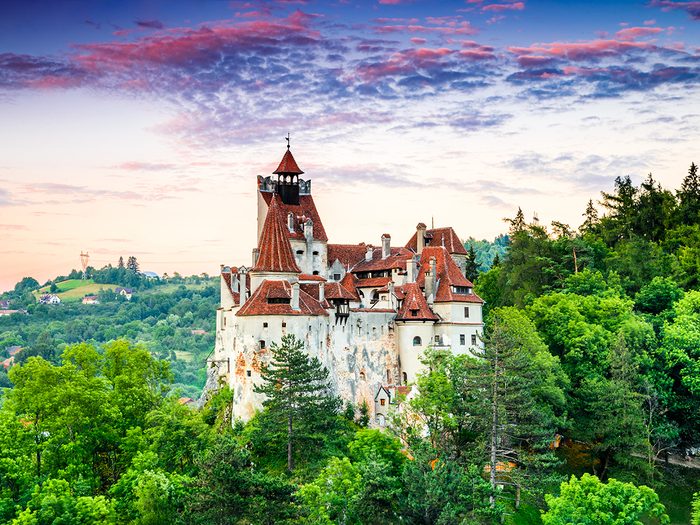
Halloween traditions in Romania
On October 31, the city of Sighisoara is the site of Romania’s most popular Halloween festivities. It’s the place where “Vlad the Impaler”—a 15th-century prince who inspired Bram Stoker’s Dracula—was born. Highlights of the event include historical reenactments of Transylvanian witch trials. If you happen to visit, be sure to make the two-hour drive south to the eerie Bran Castle, the reputed home of the infamous Vlad.
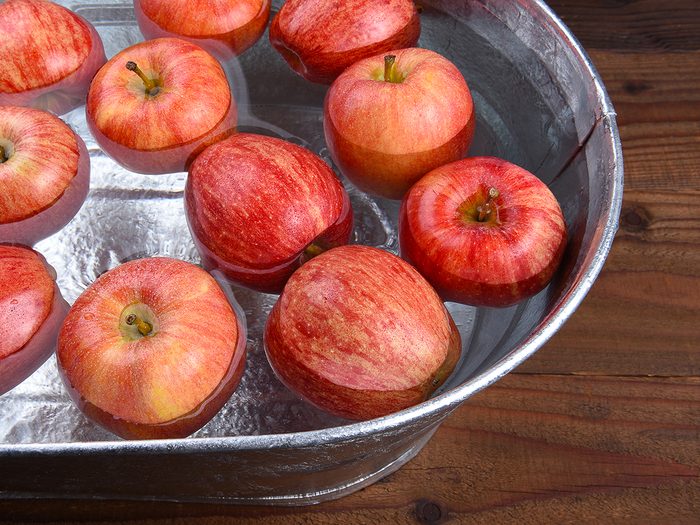
In Ireland
Believed to be the country in which Halloween originated, Ireland’s celebrations are very similar to those in Canada, with children dressing up in costumes to spend the evening trick-or-treating in their neighbourhoods. Parties are also thrown where games such as apple-bobbing and “snap-apple” (players try to take a bite out of an apple hanging on a string) are played, and treasure hunts for kids are organized. Eating “barmbrack,” a type of fruitcake, is also popular during Halloween.
Check out 10 hidden gems of Ireland worth exploring.
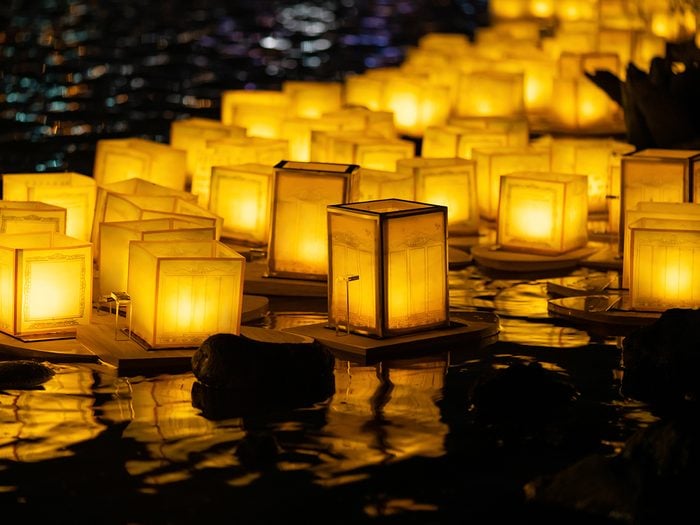
In Japan
Japan observes the Obon Festival (also known as “Matsuri” or “Urabon”), which has similarities to Canadian Halloween festivities, despite being held at a different time of year (July or August instead of October). Special foods are prepared and bright red lanterns are hung everywhere in honour of the spirits of deceased loved ones and ancestors. During the Obon Festival, a fire is lit nightly to help show ancestors where their families might be found. Lighted candles in lanterns are set afloat on rivers and seas, gravestones are cleaned, and dances are performed in the community.
Don’t miss these helpful hints for those travelling to Japan for the first time.
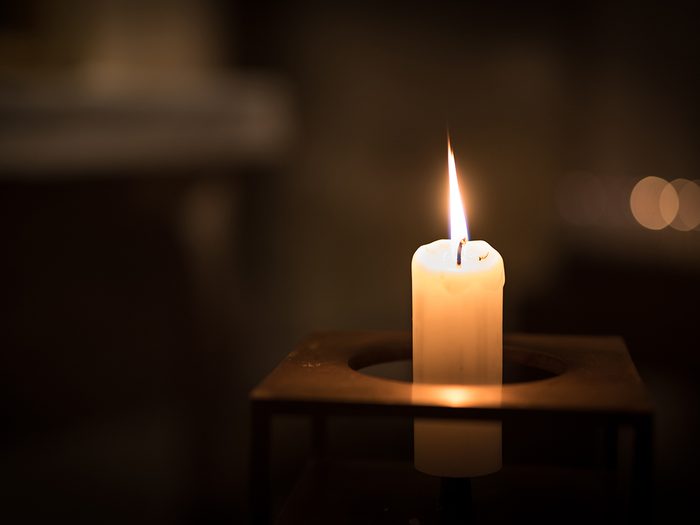
In Belgium
By the early 1990s, North American Halloween traditions had started to spread to continental Europe, and the spooky holiday is increasingly popular in this Western European country. Beginning in early October, just as in Canada, Belgian stores are stocked with popular Halloween-themed merchandise, and young children and students dress up on Halloween for parties and parades. Candles are also lit on Halloween night in memory of dead relatives.
Check out the world’s best places for solo travel.
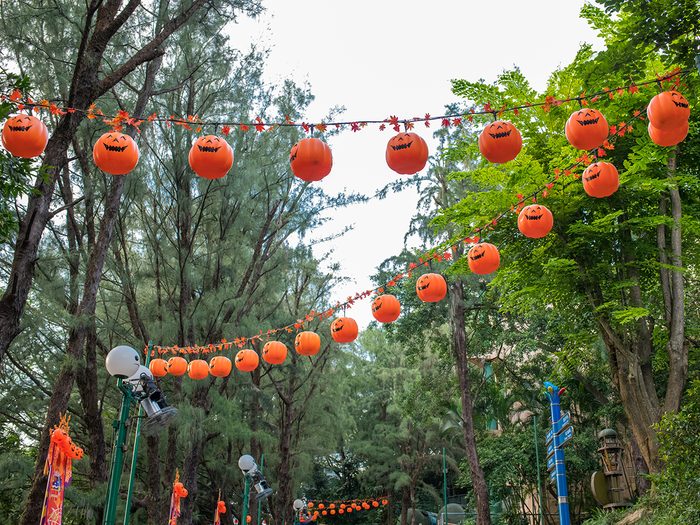
In Hong Kong
There’s not one, but two ways of celebrating Halloween in Hong Kong. The first involves the event of “Yue Lan” (Festival of the Hungry Ghosts), an opportunity to offer gifts to spirits of the dead to provide them comfort as well as ward them off. The second (and more commercialized) is evident at attractions such as Hong Kong Disneyland and Ocean Park (above), which host annual Halloween shows and parties.
Here’s how black and orange became the traditional colours of Halloween.
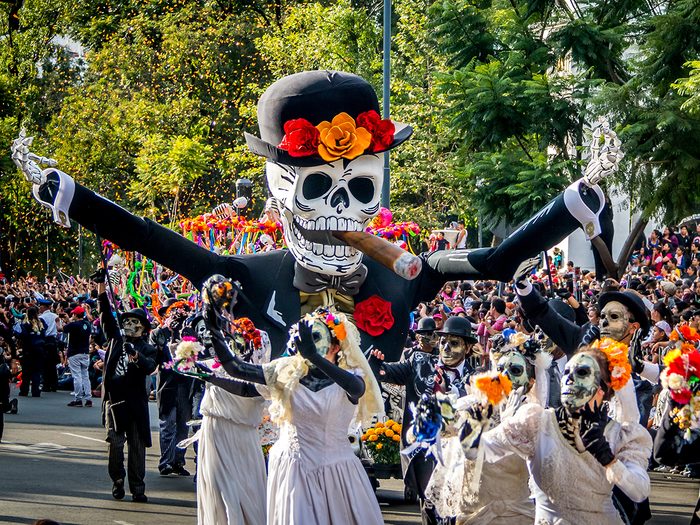
In Mexico
In Mexico, Halloween traditions are known as “El Dia de los Muertos,” or “The Day of the Dead.” The three-day celebration begins on October 31 and ends on November 2, “All Souls’ Day.” Unlike in Canada where the focus is on the spooky and scary side of the supernatural, Mexicans view this as a joyous holiday that honours deceased loved ones. Families often construct altars in their homes and decorate them with candy, flowers, as well as the deceased’s photographs, and favourite foods and drinks.
Don’t miss this ghoulish gallery that captures the spirit of Halloween in Canada.
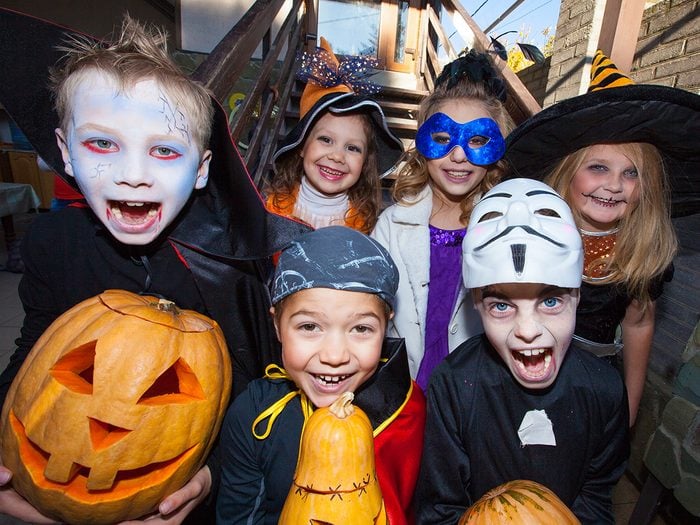
In England
During the early 15th century, when Martin Luther’s Protestant Reformation began to spread, the English stopped celebrating Halloween. Since followers of the new religion did not believe in saints, they saw no reason to celebrate the Eve of All Saints’ Day. In recent years, however, Halloween has taken on a secular tone, with English children adopting the North American tradition of going door-to-door to “trick or treat” while dressed up in costumes.
Indulge your inner Anglophile with our countdown of 50 must-visit London attractions.
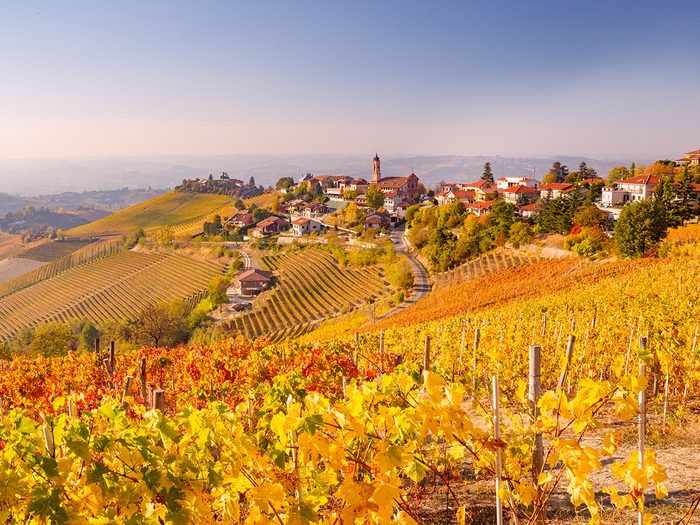
In Italy
Thanks in part to the global reach of American television programs, Halloween has become a popular celebration among Italian kids. Somewhat tied into Halloween is the holiday of Giorno dei Morti (All Souls’ Day) on November 1, in which each region celebrates by preparing their traditional dishes and dressing up in costumes. Fave dei morti, Italian cookies shaped like fava beans, are typically prepared in the Marche region around Giorno dei Morti. The origin of this recipe dates back to pre-Christian time when fava beans were used as ritual offering to the dead and supernatural gods.
Check out the world’s most romantic destinations.
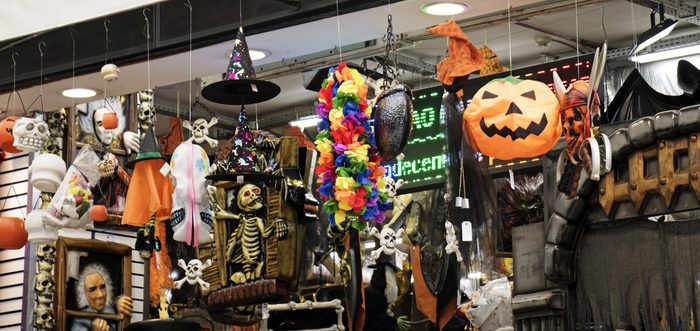
In Brazil
Celebrating Halloween in the North American style is a fairly recent (and localized) phenomenon in Brazil. It is, however, increasing in popularity among children in the larger urban parts of this South American country. The mimicking of North American Halloween traditions has been largely criticized by some Brazilians to the point where officials of left-wing nationalist parties have proposed that October 31 be called “Dia do Saci” (Saci’s Day) and a celebration of popular Brazilian folklore character Saci as a symbol of resistance against American influence.
Explore the world’s most breathtaking forgotten cities.
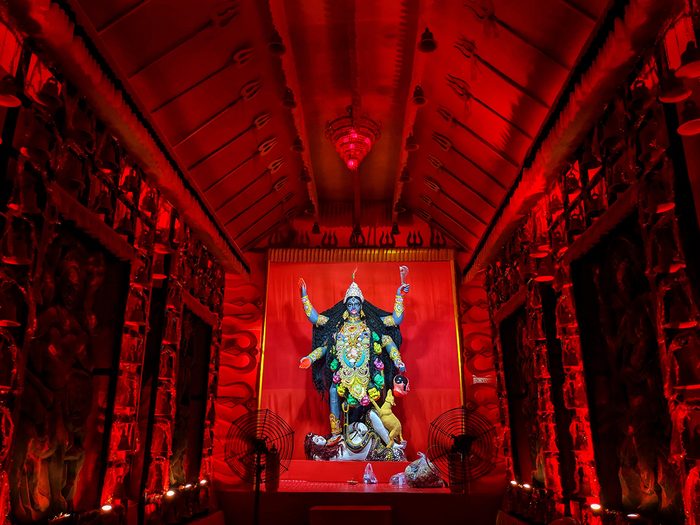
In India
Instead of Halloween, Kali Puja is a festival celebrated in India that honours the Hindu goddess Kali for defeating the evil demon Raktabija. Taking place in the month Kartika, which coincides with October and November in the Julian and Gregorian calendars, the puja ceremony is held on the night of the new moon as people believe this is the night when evil forces rise.
Next, check out 20 essential tips for Canadians travelling to India for the first time!